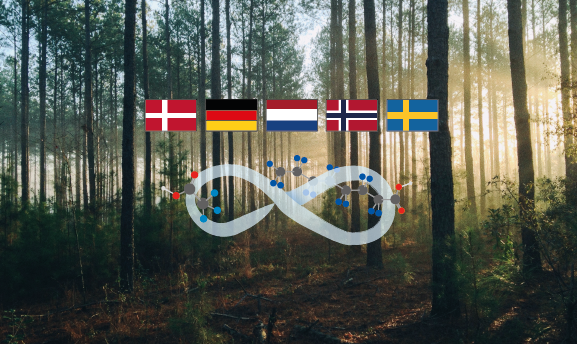
ECHA publishes PFAS restriction proposal
Submitted by:
Andrew Warmington
The European Chemicals Agency (ECHA) has published a proposed restriction of around 10,000 per- and polyfluoroalkyl substances (PFAS) on its website. Its scientific committees for Risk Assessment (RAC) and Socio-Economic Analysis (SEAC) will now start evaluating the proposal.
This followed three years of investigations by the national authorities of Denmark, Germany, the Netherlands, Norway and Sweden. In a report submitted to ECHA on 13 January, they concluded that the risks from PFAS are not adequately controlled and should therefore be restricted.
All PFAS in the scope of the proposal are very persistent in the environment, hence the name ‘forever chemicals’. It is estimated that around 4.4 million tonnes would end up in the environment over the next 30 years unless action is taken, ECHA stated. Consumption in the electronics sector is growing at around 10%/year.
Uses in consumer products would be banned 18 months after a restriction comes into place where an alternative is available. Where there is alternative available, such as medical implants and food industry machinery, exemptions of five to 12 years may be granted. According to Frauke Averbeck, who led on the proposal for Germany’s Environment Agency, this is “the broadest restriction proposal in [the EU’s] history”.
The proposal defines PFAS as “any substance that contains at least one fully fluorinated methyl (–CF3) or methylene (–CF2–) carbon atom (without any H/Cl/Br/I attached to it).” It also says the restricting the entire class “is the most appropriate and effective option to adequately control such a large and complex group of substances which are used in numerous applications”.
RAC and SEAC will check that the proposal meets the legal requirements of REACH in their meetings in March and, if so, will begin their scientific evaluation of the proposal in terms of the human and environmental impacts and socio-economic impacts respectively. This process usually takes about one year. A six-month public consultation will start on 22 March.
Between the report and the publishing of the proposal, NGO ChemSec added 370 PFAS to its SIN (Substitute It Now) List, taking the total to 416. Created in 2008, the SIN List is a list of hazardous chemicals used in a wide variety of products and manufacturing processes and has been widely used to identify chemicals for substitution. The current update is one of the largest ever.
“We want to make clear that we think every single PFAS should be phased out, no matter how many they are. But what this update aims for is to narrow them down to the most relevant couple of hundred substances for companies to keep track of”, said Dr Anna Lennquist, senior toxicologist at ChemSec and SIN List project leader.
Industry, which has argued for case-by-case rather than blanket restrictions has warned of potential supply issues, with Chemours saying that a wide ban could “severe global disruption” in many industries. The company has coincidentally just unveiled its roadmap for next-generation thermal management systems at the 2023 AHR Expo.
This comprises three ‘horizons’ of commercial product adoption, new blend development collaboration and next-generation product development, all of which are already underway. “We are committed to fluorine chemistry and its power to enable world-changing technologies,” said Alisha Bellezza, president of Thermal & Specialized Solutions.
